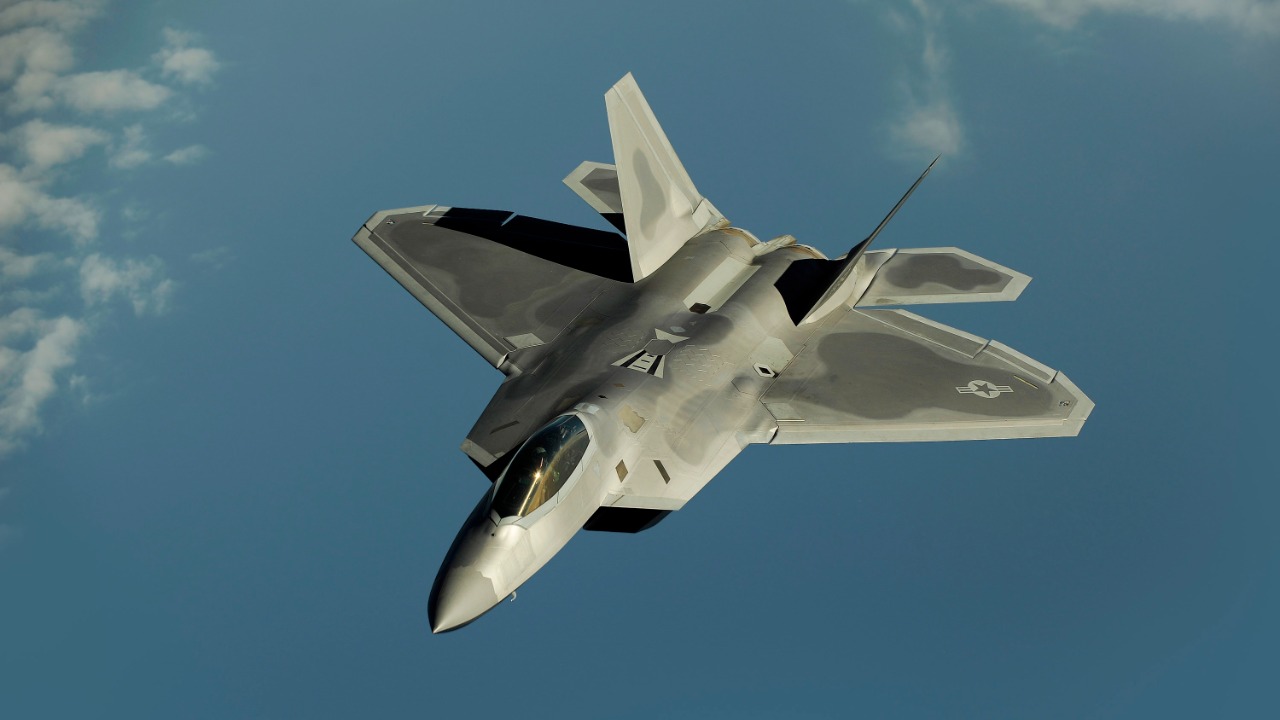
The F-16 Fighting Falcon’s adaptability in modern warfare often surpasses the F-22 Raptor’s speed. While the F-16 has been produced in large numbers and exported globally, the F-22’s limited production and high costs have restricted its versatility. This comparison highlights how the F-16’s operational flexibility can be more advantageous than the F-22’s raw speed in various military scenarios.
Historical Production and Scale
The F-16 Fighting Falcon’s journey began with its development by General Dynamics in the 1970s. It was selected as the winner of the Lightweight Fighter program in 1975, leading to a production run that reached 4,604 units by 2017. This extensive production has allowed the F-16 to be exported to over 25 countries, including Denmark, Israel, and Pakistan, showcasing its global reach and adaptability. In contrast, the F-22 Raptor’s production was significantly more limited. Authorized for only 187 operational aircraft, the F-22’s production was capped due to its high costs and focus on air superiority. The total program cost reached $66.7 billion, and the aircraft’s export was banned under US law since 1998, limiting its international presence.
Multirole Adaptability of the F-16
The F-16’s design allows it to perform a variety of roles, including air-to-air combat, air-to-ground attacks, and reconnaissance missions. Its adaptability is further enhanced by upgrades like the Block 70/72 variant, which features advanced AESA radar and conformal fuel tanks. These upgrades, certified in 2023, have kept the F-16 relevant in modern combat scenarios. Real-world examples of its versatility include its use by the Royal Netherlands Air Force in Afghanistan, where it carried precision-guided munitions like the JDAM. The F-16’s ability to carry a 17,000-pound external load across nine hardpoints further underscores its adaptability compared to the F-22, which is limited to internal weapons to maintain stealth.
F-22’s Speed-Focused Limitations
The F-22 Raptor is renowned for its speed, capable of supercruising at Mach 1.5 without afterburners and reaching a top speed of Mach 2.25. However, this speed comes with significant limitations. The aircraft’s high maintenance costs, reported at $44,000 per flight hour, and operational constraints, such as the 2014 stand-down due to oxygen system issues, highlight its challenges. Additionally, the F-22’s service life is limited to 8,000 hours per airframe, and its export ban restricts its use to US forces only, limiting its strategic impact on a global scale.
Cost-Effectiveness in Global Operations
The F-16’s cost-effectiveness is a key factor in its widespread adoption. With a unit cost of $18.8 million for Block 52 models, it is significantly more affordable than the F-22’s $143 million flyaway cost. This affordability has enabled countries like Taiwan and South Korea to incorporate the F-16 into their air forces extensively. The F-16’s sustainment costs, at $8,000 per flight hour, are also more manageable compared to the F-22’s $60,000+. This economic advantage supports extended deployments, such as the Jordanian F-16s’ participation in Operation Inherent Resolve. The F-16’s upgrade paths, including the integration of the APG-83 radar, further enhance its operational capabilities, while the F-22 faces modernization delays.
Combat Performance and Strategic Impact
The F-16’s combat record is impressive, with 76 air-to-air kills during Desert Storm, achieved without any losses. This performance underscores its effectiveness in combat scenarios. In contrast, the F-22’s combat engagements have been limited, with its first sorties over Syria in 2014 resulting in no confirmed kills. The F-22’s role is primarily focused on air superiority missions, which limits its versatility compared to the F-16. The F-16’s planned integration into Ukraine’s defense strategy, starting in August 2024, highlights its strategic impact in hybrid warfare, offering both offensive and defensive capabilities that the F-22’s non-exportable status cannot match.
More from MorningOverview